Cotton Root Rot Of Okra: Managing Okra With Texas Root Rot

Cotton root rot of okra, also known as Texas root rot, ozonium root rot, or Phymatotrichum root rot, is a nasty fungal disease that attacks at least 2,000 species of broadleaf plants, including peanuts, alfalfa, cotton, and okra. The fungus that causes Texas root rot in also infects fruit, nut, and shade trees, as well as many ornamental shrubs. The disease, which favors highly alkaline soils and hot summers, is limited to the Southwestern United States. Read on to learn what you can do about okra with Texas root rot.
Symptoms of Cotton Root Rot of Okra
Symptoms of Texas root rot in okra generally appear during summer and early autumn when soil temperatures have reached at least 82 F. (28 C.). The leaves of a plant infected with cotton root rot of okra turn brown and dry, but usually don’t drop from the plant. When the wilted plant is pulled, the taproot will show severe rot and may be covered by a fuzzy, beige mold. If conditions are moist, circular spore mats consisting of a moldy, snow-white growth may appear on the soil near dead plants. The mats, which range from 2 to 18 inches (5-45.5 cm.) in diameter, generally darken in color and dissipate in a few days. Initially, cotton root rot of okra generally affects only a few plants, but diseased areas grow in subsequent years because the pathogen is transmitted through the soil.
Okra Cotton Root Rot Control
Okra cotton root rot control is difficult because the fungus lives in the soil indefinitely. However, the following tips may help you manage the disease and keep it in check: Try planting oats, wheat, or another cereal crop in fall, then plow the crop under before planting okra in spring. Grass crops may help delay infection by increasing the activity of microorganisms that inhibit growth of the fungus. Plant okra and other plants as early in the season as possible. By doing so, you may be able to harvest before the fungus becomes active. If you plant seeds, choose fast-maturing varieties. Practice crop rotation and avoid planting susceptible plants in the affected area for at least three or four years. Instead, plant non-susceptible plants such as corn and sorghum. You can also plant a barrier of disease-resistant plants around the infected area. Replace diseased ornamental plants with disease-resistant species. Plow the soil deeply and thoroughly immediately after harvest.
Gardening tips, videos, info and more delivered right to your inbox!
Sign up for the Gardening Know How newsletter today and receive a free copy of our e-book "How to Grow Delicious Tomatoes".

A Credentialed Garden Writer, Mary H. Dyer was with Gardening Know How in the very beginning, publishing articles as early as 2007.
-
 Looking For Plants To Give You The Soft And Fuzzies? Try These 5 Fuzzy Leaf Plant Options
Looking For Plants To Give You The Soft And Fuzzies? Try These 5 Fuzzy Leaf Plant OptionsLovers of texture, drama, silver foliage and tactile plants will adore these special sensory garden additions. These fuzzy leaf plant options will leave you all aglow
By Susan Albert
-
 Get Ready For A Summer Of Hummers! Grow These Full Sun Hummingbird Plants and Flowers
Get Ready For A Summer Of Hummers! Grow These Full Sun Hummingbird Plants and FlowersIf you’re lucky enough to enjoy a sunny backyard, make sure you are maxing out on your pollinator opportunities and grow these full sun hummingbird plants and flowers
By Tonya Barnett
-
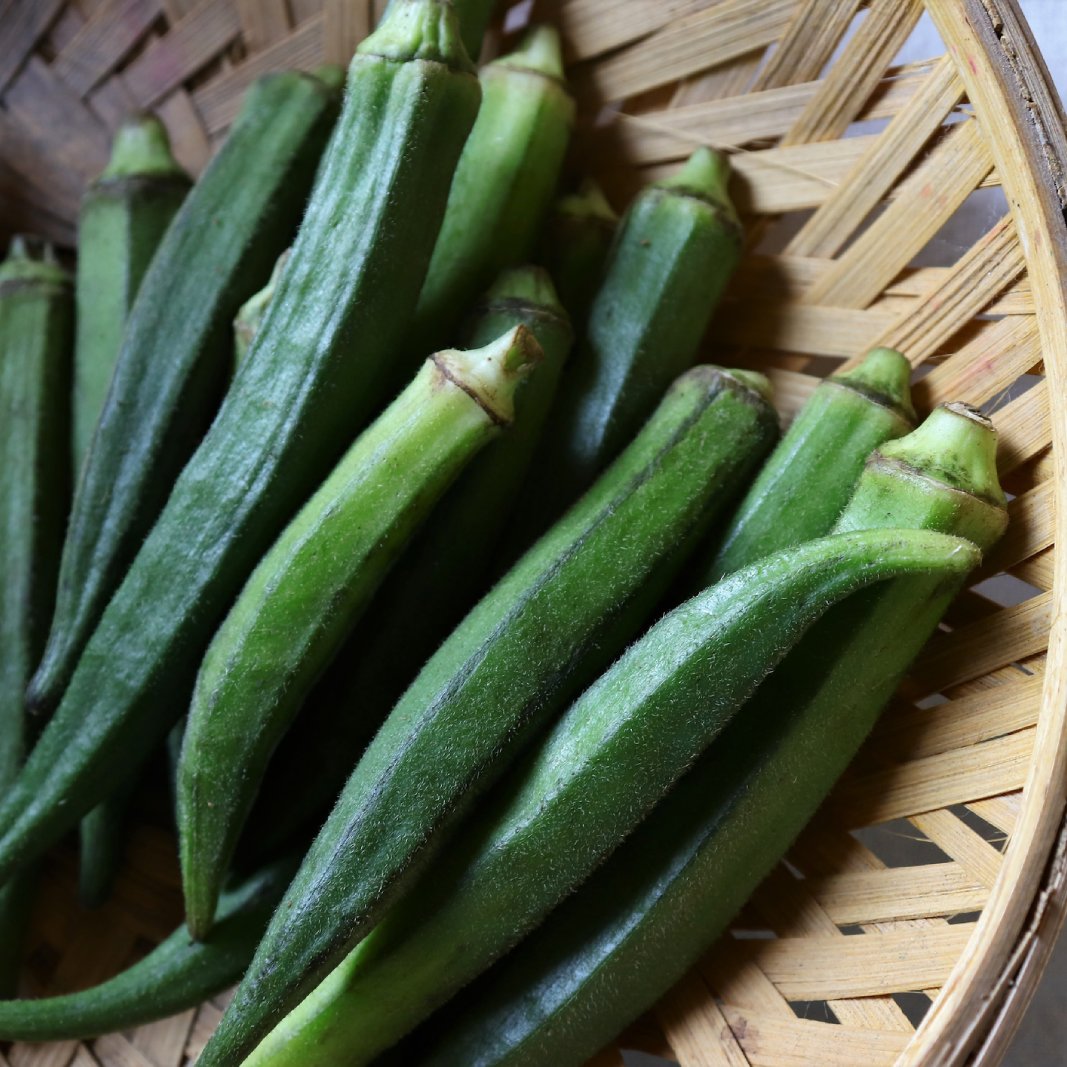 How To Store Okra After Picking
How To Store Okra After PickingLearn how to store fresh okra for up to a year by canning or freezing the harvest. For short-term storage it can go in the refrigerator for two or three days.
By Susan Albert
-
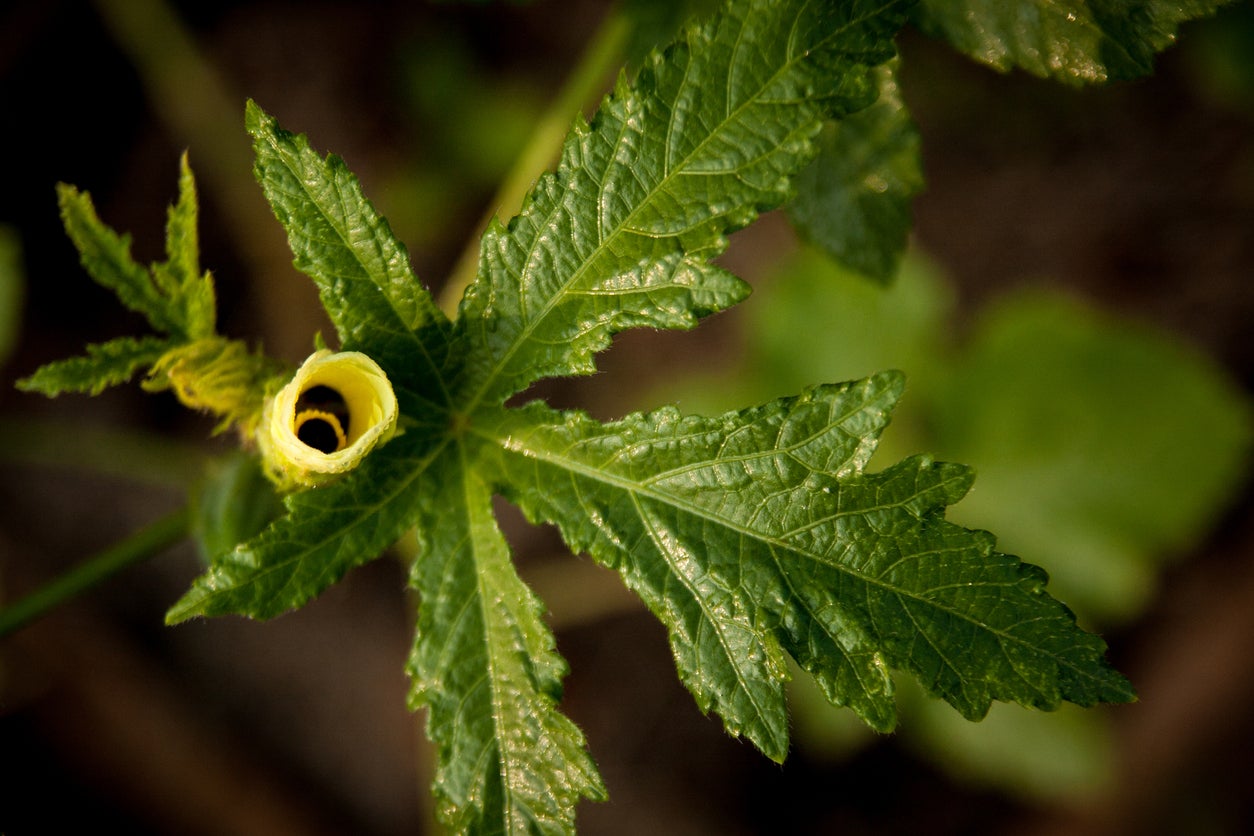 Edible Okra Leaves – Can You Eat The Leaves Of Okra
Edible Okra Leaves – Can You Eat The Leaves Of OkraMany northerners may not have tried it, but okra is quintessentially southern and linked to the cuisine of the region. Even so, many southerners typically just use the okra pods in their dishes, but what about eating the okra leaves? Can you eat the leaves of okra? Find out here.
By Amy Grant
-
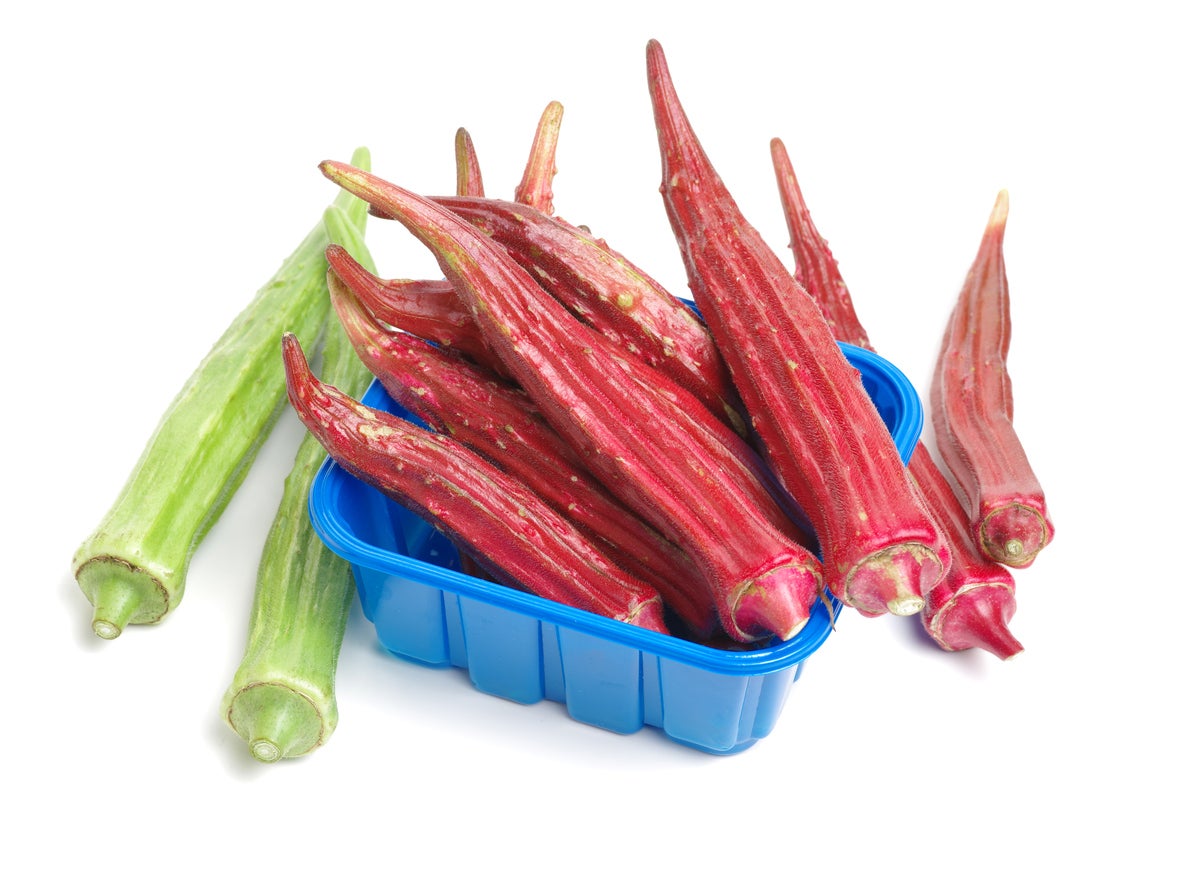 Okra Plant Varieties: Learn About Different Types Of Okra Plants
Okra Plant Varieties: Learn About Different Types Of Okra PlantsBy Teo Spengler
-
Okra Charcoal Rot Information: Learn About Treating Okra Charcoal Rot
Charcoal rot can be a devastating disease for a number of crops, causing rot in the roots and stems, inhibiting growth, and lowering yield. Charcoal rot of okra has the potential to wipe out that section of your garden and even infect other vegetables. Learn more here.
By Mary Ellen Ellis
-
Treating Blight On Okra Plants: Recognizing Southern Blight In Okra Crops
There are times when even the most ardent lover of okra is left with a bad taste in their mouth – and that is when there is blight on okra plants in the garden. Just what is okra southern blight and how do you treat okra with southern blight? Click here to find out.
By Shelley Pierce
-
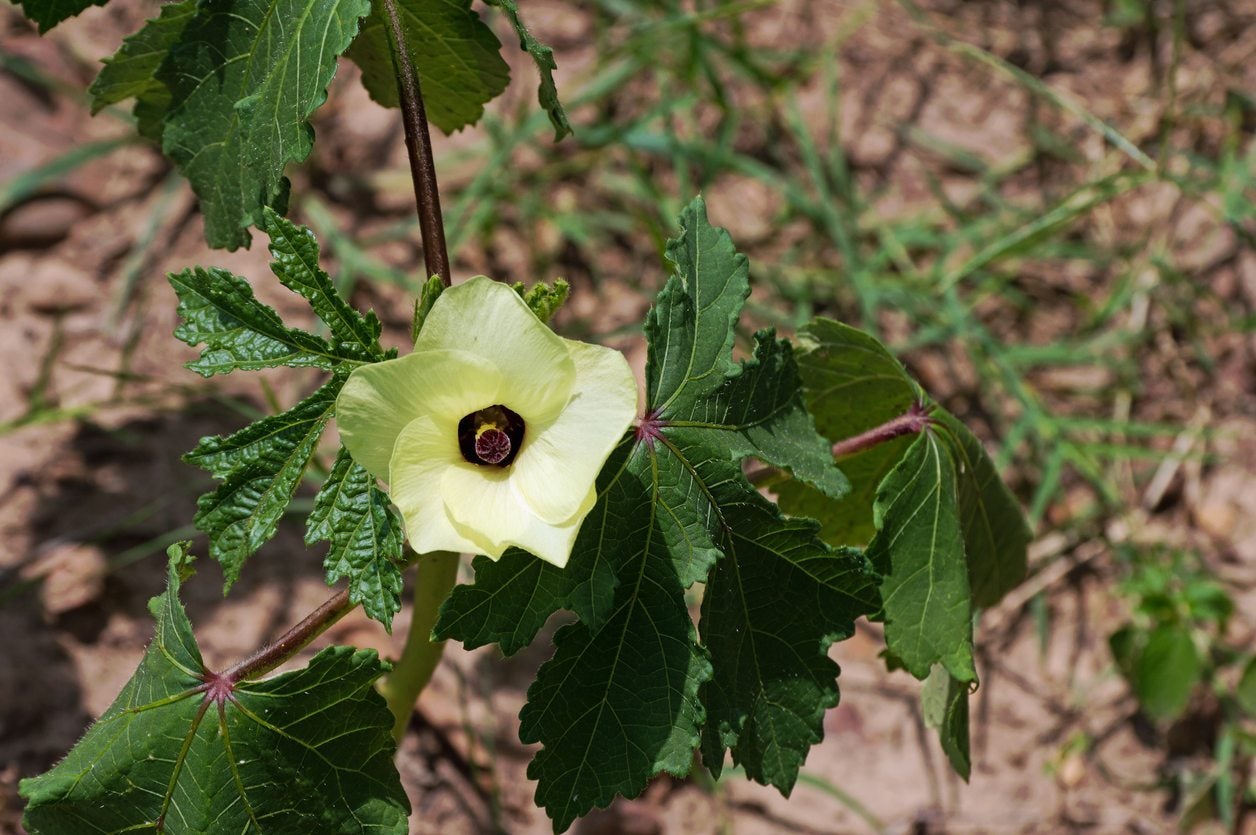 My Okra Flowers Are Falling Off: Reasons For Okra Blossom Drop
My Okra Flowers Are Falling Off: Reasons For Okra Blossom DropOkra is a beloved vegetable, partly because it can live and produce happily even in extreme heat. Because it's usually so reliable, it can be especially frustrating if your okra plant doesn't produce like it should. One such problem is okra blossom drop. Learn more here.
By Liz Baessler
-
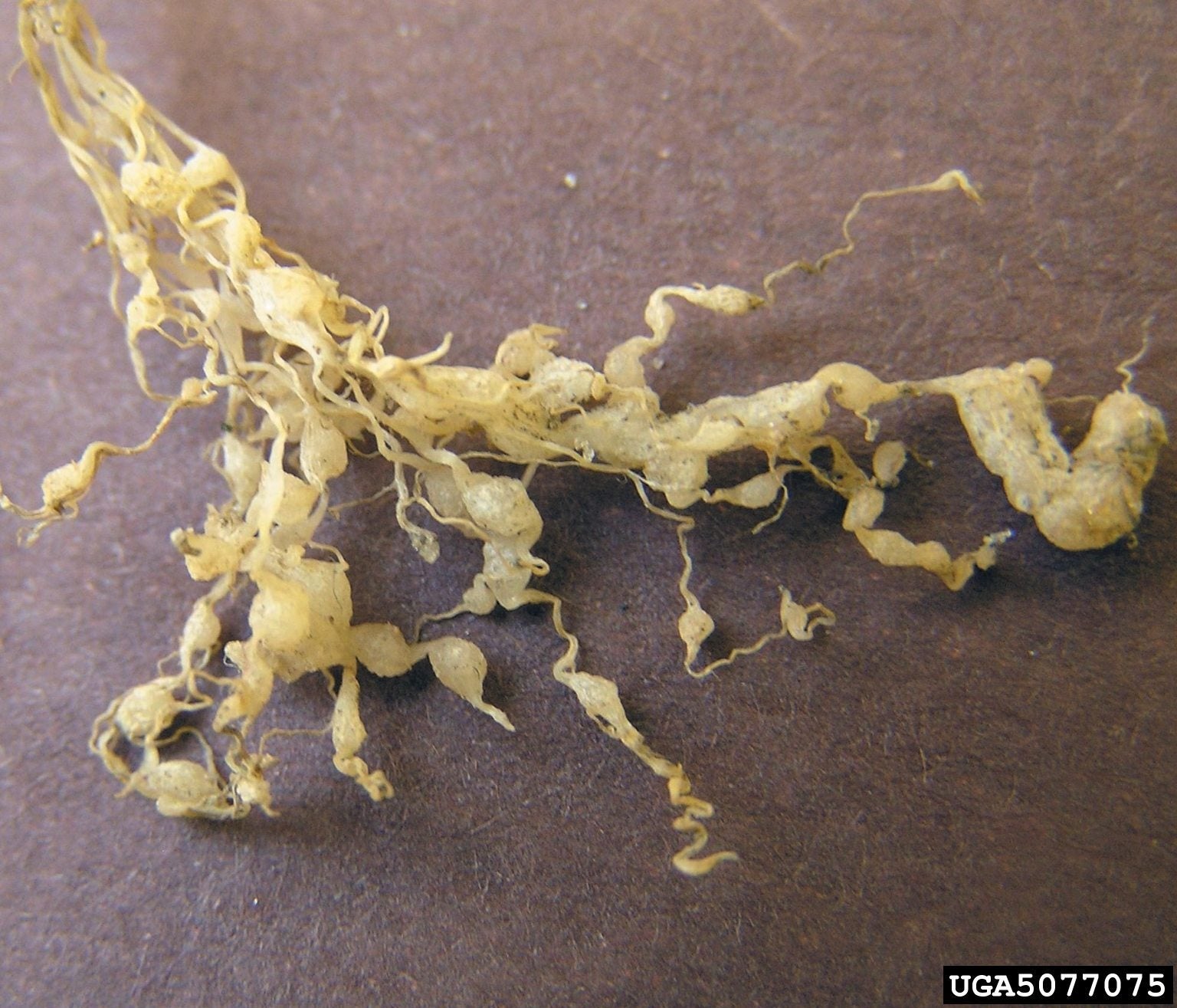 Nematode Okra Problems – Treating Okra With Root Knot Nematodes
Nematode Okra Problems – Treating Okra With Root Knot NematodesSouthern Americans are not the only ones who love their okra; okra root knot nematodes have a penchant for it as well. Okra with root knot nematodes can cause serious losses. How can root knot nematodes on okra be managed? This article can help with that.
By Amy Grant
-
 Okra Seedling Diseases: Managing Diseases Of Okra Seedlings
Okra Seedling Diseases: Managing Diseases Of Okra SeedlingsIf your okra seedlings are dying, then let this article take the "oh crud" out of okra cultivation and learn more about some of the more common okra seedling diseases and prevention. Click here for more information.
By Shelley Pierce